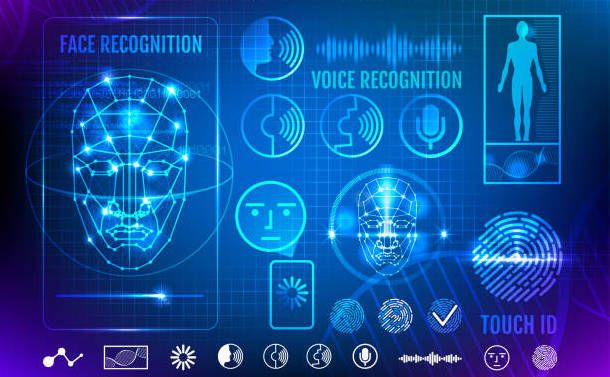According to the Gates Foundation, 10% of the world has access to traditional banking and, in the past 30 years, microfinance loans have brought banking to more than half a billion people, a number that keeps growing rapidly.
Since 2010, most microfinance institutions have gotten rid of Excel sheets and other standalone software for managing customer data, credit analysis, and loan disbursements. Core Banking Solutions (CBS) have replaced manual methods, bringing in speed and precision to these processes.
Enabled by the spread of mobile technology and wireless internet access, microfinancing institutions are attempting to finance low-income or unemployed entrepreneurs through small loans to help them become self-sufficient. Using devices as banking channels and payment systems makes all the difference when it comes to microfinancing.
The accessibility of mobile phones around the world has been growing rather quickly, especially in the last few years. A large percent of people uses a mobile phone to send or receive money, and many organizations have leveraged the success of mobile technology to spread microfinance banking.
These are some of the fintech trends that will change the microfinance industry in the upcoming years:
Mobile Banking
The availability of financial services may remain low in developing countries, but access to mobile phones is on the rise. Mobile credit, savings, payment and e-wallet solutions help low-income entrepreneurs access financial services, save time and make secure transactions anytime and anywhere, paving new pathways to financial inclusion.
Agency Banking
Banking agents can help microfinance institutions operate more efficiently and increase their customer outreach, if managed well. They process clients’ financial transactions and, in areas without a physical branch presence, help to extend the reach of responsible financial services. These agents are equipped with a point-of-sale terminal connected to the subsidiary banking network and client accounts so they can pay bills, make deposits, withdraw or transfer funds, view account balances or conduct other transactions.

Biometrics
A bank that uses point-of-sale terminals equipped with biometric recognition, or fingerprint scans provide security to their clients, allowing them to access their account and control their finances without worrying about identity theft.
Digital Field Automation
Using tablets and smartphones to digitally receive and transmit client loan applications allows for faster, cleaner and more reliable data collection. Cloud technology helps to automate credit scoring and loan application processes.

Credit Scoring
The lack of formal borrowing history hinders unbanked adults’ ability to access capital to grow small businesses. Alternative credit scoring methods are being tested in different countries, which may leverage psychometric or mobile data to accurately assess individuals’ credit worthiness with the goal of expanding financial inclusion.
We in DYCSI have the fintech solutions that will take your microfinancing institution to the next level. Contact us and receive free advice from our experts.